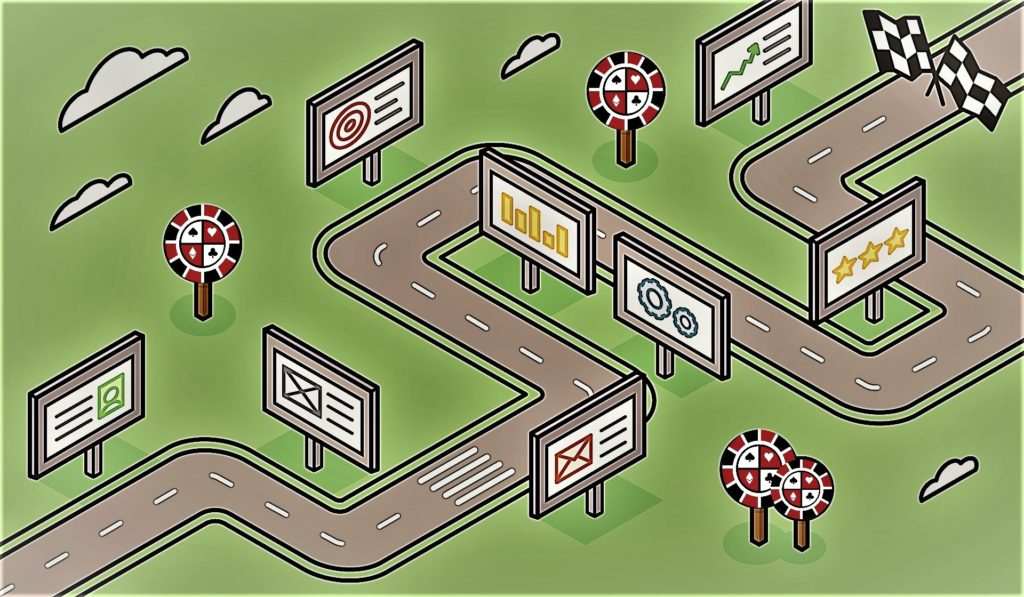Conventional wisdom says market competition results in higher quality products and lower prices. But that competition exists between companies. What would happen if we create competitive markets inside a company? Think about the product roadmap process.
I believe the best product roadmaps come from vigorous competition for engineering, design, and marketing resources. It keeps internal stakeholders involved in the decision making process, and makes sure everyone’s on the same page.
Here are 4 practices that can help you maximize benefits from the product roadmap process-
1. Create a V-shaped funnel for your process
A wide-open top of the funnel for new product ideas gives you more options from a diversity of sources, not just from a priesthood of product people. More ideas make for a more competitive process.
2. Do a Q&Q Analysis
At the bottom of the v-shaped funnel, there is an editor- in- chief (aka Product Manager) who arranges products accordingly. The most effective editors-in-chief use a combination of quantitative and qualitative judgment to sort this list.
Quantitative considerations might include the ROI of a project, whether you are focused on IRR, net present value, or some other measures. Qualitative considerations might include strategic positioning versus competitors or even the gut intuition of the founder. Don’t just turn the qualitative data into excuses for lack of quantitative rigour.
3. Make a public compost pile
Imagine an exhaust pipe coming off of the V-shaped funnel. Not the part where the good stuff comes out. That’s the product roadmap. The ideas in the compost pile, the rejects, the almost-made-its, and the backlogs can get reworked and put back into the top of the funnel. They can fertilize the other product ideas and they can even become the seeds of brand- new businesses.
Now, are you worried about people getting upset with all this transparency? Well, don’t be. Some disappointment is inevitable. Showing people whats in the compost pile, explaining why it’s there and allowing it to recirculate in the micro market makes the process run better the next time. It really is a fertilizer in the best possible meaning of the word. When the compost pile is full of great ideas that you collectively built, you will make smarter choices about increasing your capacity the next time.
4. Make your product map visible
This is one of the most powerful actions a leader can take. Sharing a detailed product roadmap lets your colleagues see exactly where the valuable resources, time, and money are being invested. It keeps the leadership team honest on investment choices made and it trains the members of the team to think about managing hard choices.
Creating a competitive internal market with a wide-open funnel, ruthless editing, and clear visibility delivers better outcomes in your product roadmap process.






